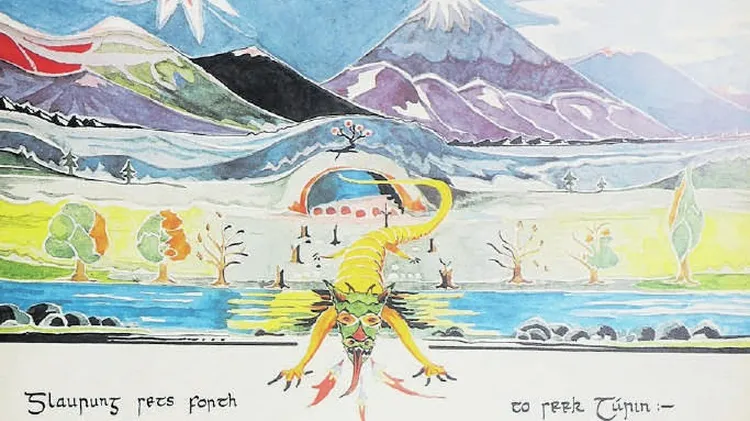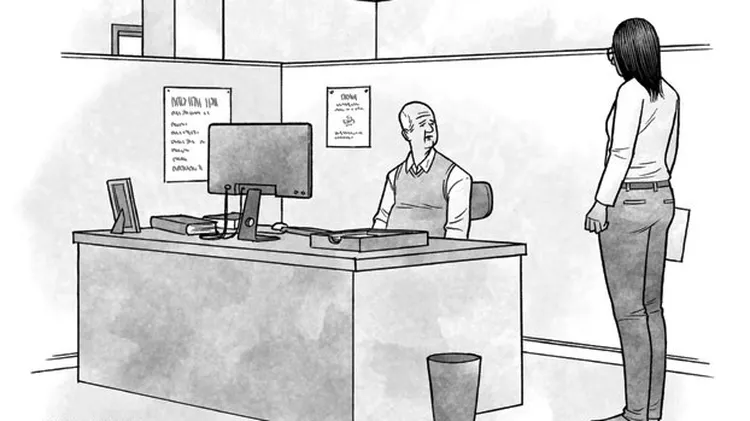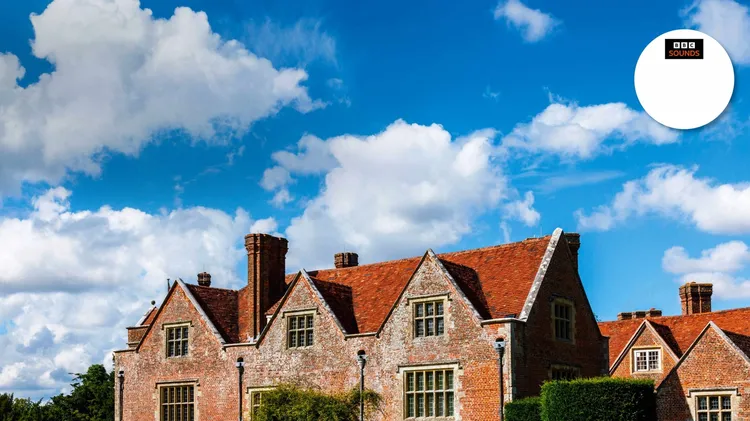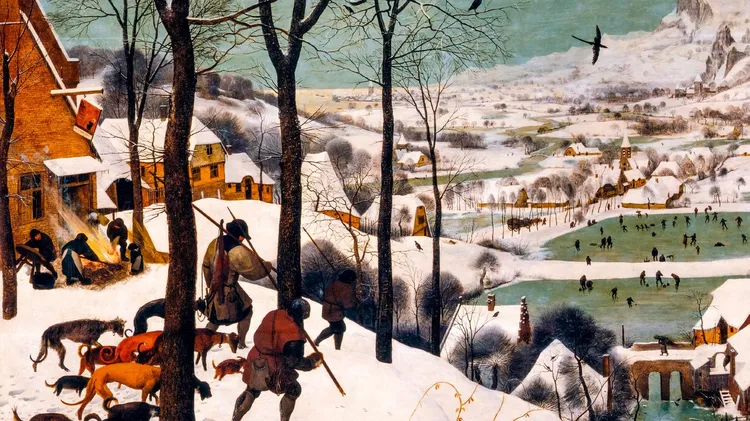“people like to tell themselves that the origins of american independence were non-violent. but it’s not true”
15 min read
This article is from...
Read this article and 8000+ more magazines and newspapers on Readly






